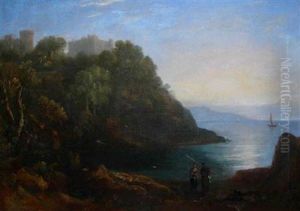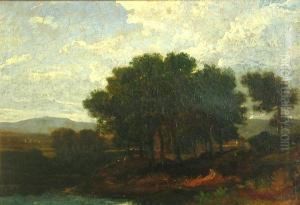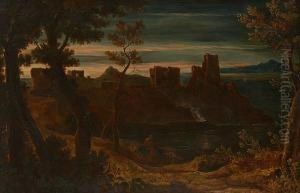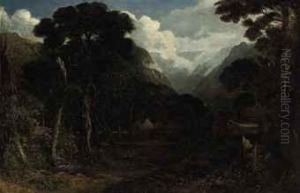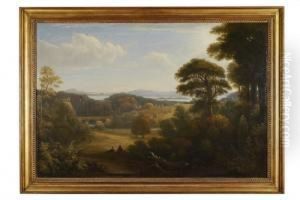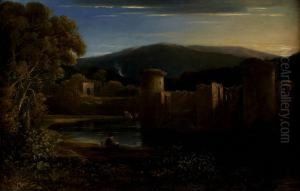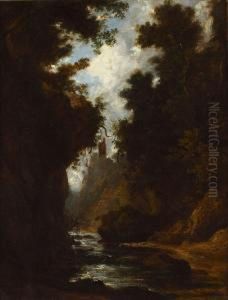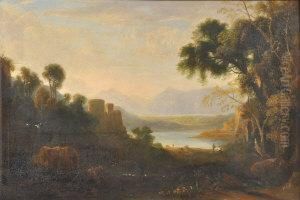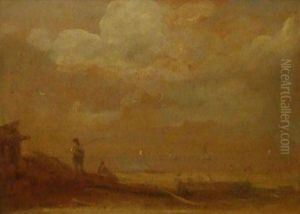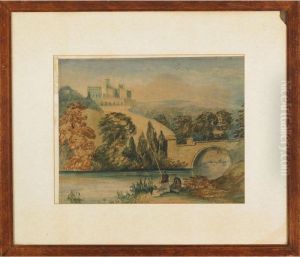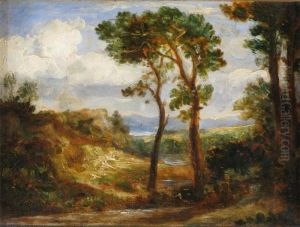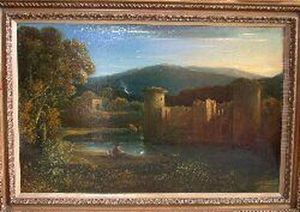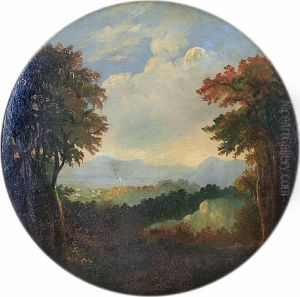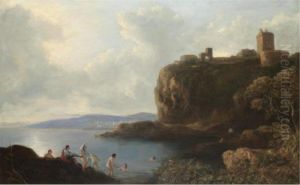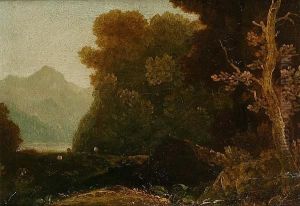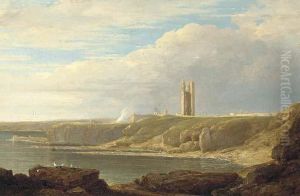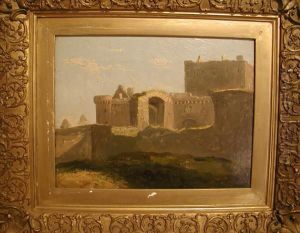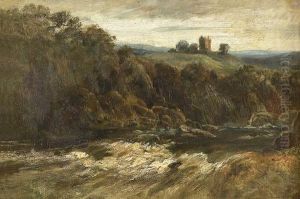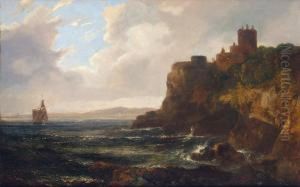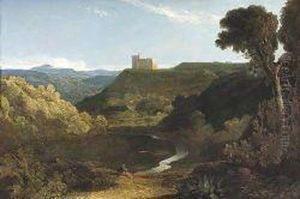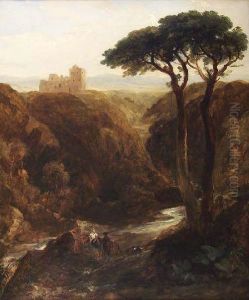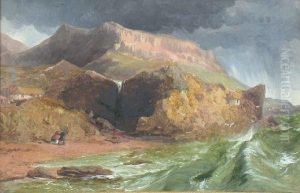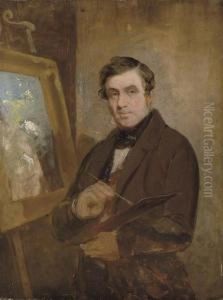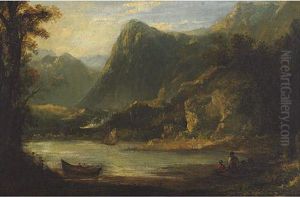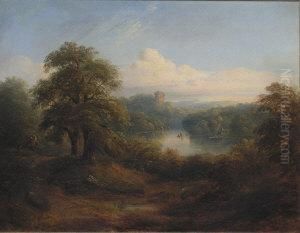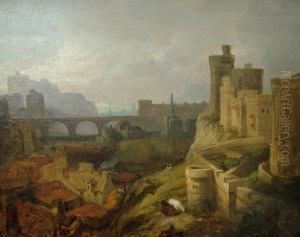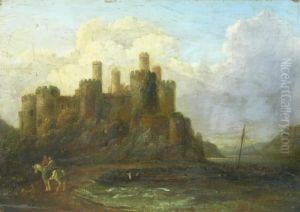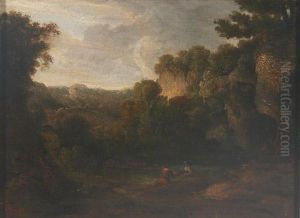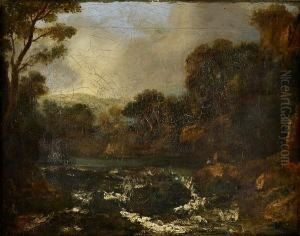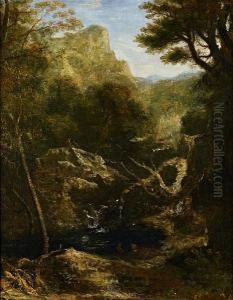John, Rev. Thomson Of Duddingston Paintings
John Thomson, known as the Reverend John Thomson of Duddingston, was a notable Scottish minister and a distinguished landscape painter, born in the year 1778 in Dailly, Ayrshire. Educated at the University of Edinburgh, he initially studied to enter the clergy before becoming actively involved in the artistic circles of Edinburgh.
Thomson's vocation as a minister did not prevent him from pursuing his passion for painting. He was appointed as the minister of Duddingston Kirk in 1805, where he was able to combine his clerical duties with his artistic pursuits. His parish was located near Edinburgh, which was a thriving center for arts and culture during the early 19th century.
As an artist, Thomson was largely self-taught, although he may have received some informal training from Alexander Nasmyth, a prominent Scottish landscape painter of the time. Thomson's style is characterized by its dramatic use of light and shadow, a technique that was influenced by the work of the great Dutch and Italian masters. His landscapes often featured the Scottish countryside, capturing its unique atmospheric effects and rugged beauty.
Thomson became part of the Scottish Romantic movement, which appreciated the wild and picturesque aspects of Scotland's natural scenery. His works were exhibited at the Royal Scottish Academy and the Royal Institution, gaining him a reputation as one of Scotland's foremost landscape painters.
The Reverend John Thomson was also a friend and contemporary of Sir Walter Scott, the famous Scottish historical novelist, and poet. Thomson's landscapes sometimes served as inspiration for Scott's writings. They shared a mutual appreciation of the Scottish landscape, which was reflected in both Thomson's paintings and Scott's literary works.
Sadly, John Thomson's life was relatively short, as he passed away in 1840. However, his legacy endures both in the field of Scottish art and in the annals of the Church of Scotland. His works continue to be appreciated for their contribution to the Romantic vision of Scotland's natural beauty.
